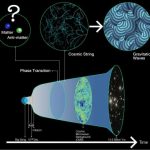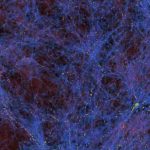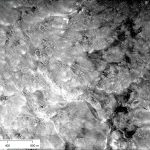Rare tile of mythical beast discovered in 14th-century cesspit0
- Ancient Archeology, From Around the Web
- March 6, 2020
The cesspit used to hold human waste before it became a fashionable cellar.

The cesspit used to hold human waste before it became a fashionable cellar.

Researchers have found evidence of an existing body of liquid water on Mars.

Around 3 billion years ago, Earth may have been covered in water – a proverbial “waterworld” – without any continents separating the oceans.

A new study may help answer one of the universe’s biggest mysteries.

SETI@home researchers said they have what they need.

Dark matter is the mysterious substance that makes up roughly a quarter of the Universe. There is strong indirect evidence for its existence from measurements of cosmic primordial radiation, anomalies in the radial dependence of galactic rotational curves and gravitational lensing. Despite its apparently pivotal role in the Universe the physical origin of dark matter remains unknown. Scientists suspect that it is made of unseen particles that neither reflect nor absorb light, but are able to exert gravity. Two theoretical physicists at the University of York, UK, have a new candidate: a recently-discovered bosonic particle, the d*(2380) hexaquark.

In the 1950s and early ’60s, with the Cold War at its peak, the United States flew U2 spy planes across Europe, the Middle East, and central eastern Asia, taking images of interesting military targets. Though the missions typically connected Point A to Point B, say an air field and an important city, in many cases the camera kept recording between those spots, capturing thousands of photos of the desert, steppes, fields, and villages below.

Titan, with its methane seas and orange smog, is in some ways the most similar world to Earth that we have found.

The use of pesticides has proven to affect the environment in a negative way.

The space telescope LISA will tell astronomers how stars live and die in ways we’ve never known before.



